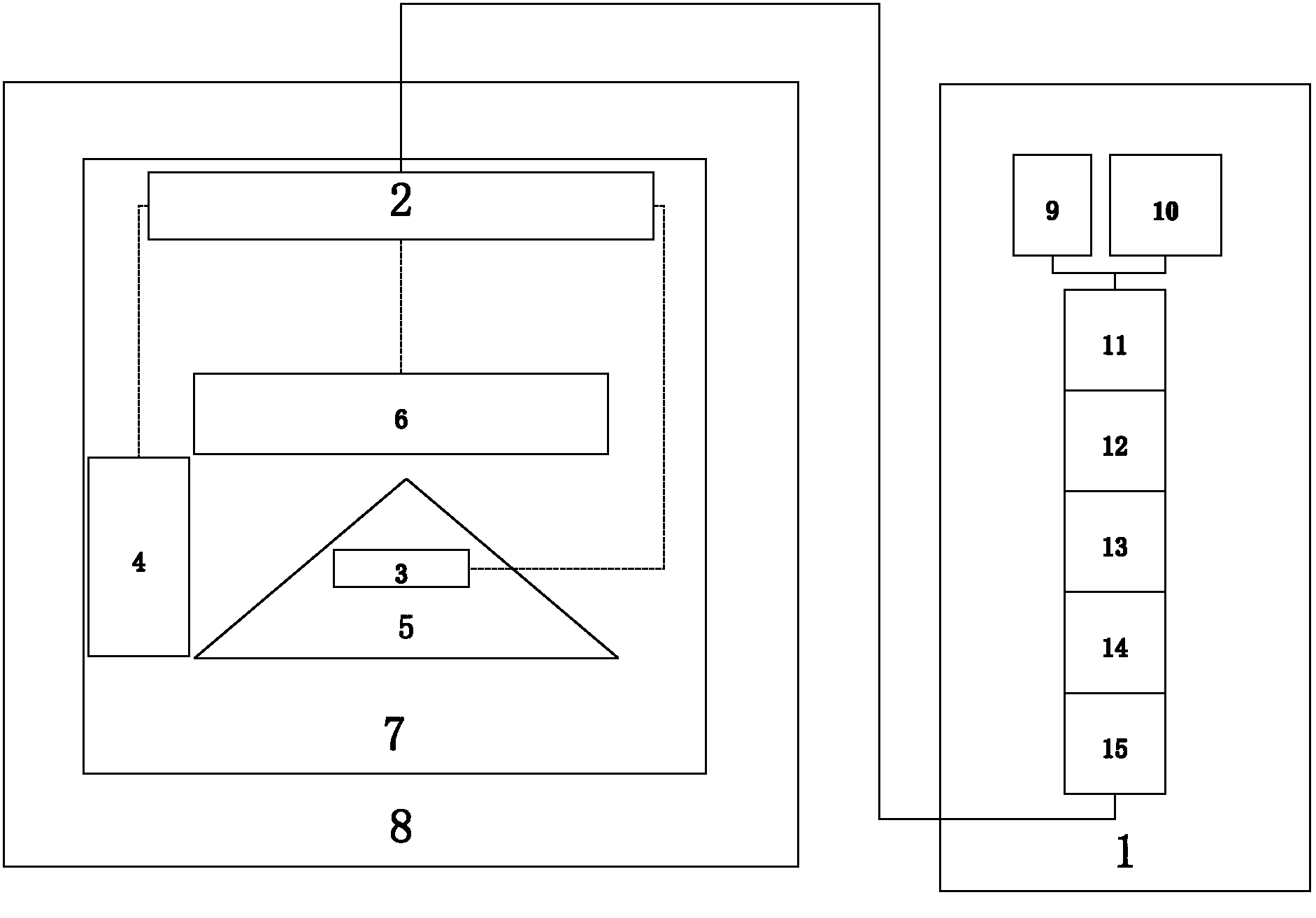Fast cultivation device of paridis rhizoma seedlings by natural energy and optimized cultivation method of paridis rhizoma seedlings
A cultivation device and natural energy technology, applied in horticultural methods, botanical equipment and methods, cultivation, etc., can solve the problems of low cultivation efficiency, high labor intensity, low success rate, etc., to improve survival rate, ensure market supply, The effect of simplified steps
- Summary
- Abstract
- Description
- Claims
- Application Information
AI Technical Summary
Problems solved by technology
Method used
Image
Examples
Embodiment 11
[0063] 1) Peeling the seeds: take 10 kg of the seeds of the shelled Polygonum, remove the shells, put them into a 50L container and add 3 times the water to soak for 10 hours, wash them manually to separate the red seed coat, pulp and seeds, and then let the mixture stand After 15 minutes, pour off the upper layer of suspended seed coat and pulp, wash the white or light yellow seeds that have settled at the bottom of the container, and dry them in the shade at room temperature 15-20°C.
[0064] 2) Pregermination: Take 1 kg of seeds obtained by drying in the shade and mix them with 4 kg of fine sand, add water until there are no water droplets after gripping tightly, put them in the plant microenvironment control room, adjust the temperature control 4°C 30d-20°C 30d alternate layers In the active treatment, germination has not started in 105 days, the germination rate was 63.7% in 120 days, and the germination rate in 135 days was 78.2%.
Embodiment 12
[0066] 1) Peeling the seeds: take 10 kg of the seeds of the shelled Polygonum, remove the shells, put them into a 50L container and add 3 times the water to soak for 10 hours, wash them manually to separate the red seed coat, pulp and seeds, and then let the mixture stand After 15 minutes, pour off the upper layer of suspended seed coat and pulp, wash the white or light yellow seeds that have settled at the bottom of the container, and dry them in the shade at room temperature 15-20°C.
[0067]2) Pregermination: Take 1 kg of seeds obtained by drying in the shade and mix them with 4 kg of fine sand, add water until there are no water droplets after gripping tightly, put them in the plant microenvironment control room, adjust the temperature control 9-12 ℃ and keep warm for 45 days Germination has not yet started, the germination rate is 11.4% at 60 days, 35.1% at 75 days, 48.6% at 90 days, 50.3% at 105 days, 50.7% at 120 days, and 50.8% at 135 days.
Embodiment 13
[0069] 1) Peeling the seeds: take 10 kg of the seeds of the shelled Polygonum, remove the shells, put them into a 50L container and add 3 times the water to soak for 10 hours, wash them manually to separate the red seed coat, pulp and seeds, and then let the mixture stand After 15 minutes, pour off the upper layer of suspended seed coat and pulp, wash the white or light yellow seeds that have settled at the bottom of the container, and dry them in the shade at room temperature 15-20°C.
[0070] 2) Pregermination: Take 1 kg of seeds obtained by drying in the shade and mix them with 4 kg of fine sand, add water until there are no water droplets after gripping tightly, put them in the plant microenvironment control room, adjust the temperature control 15-18 ℃ and keep warm for 45 days Germination has not yet started, the germination rate was 33.7% at 60 days, 62.5% at 75 days, 72.1% at 90 days, 74.6% at 105 days, 76.3% at 120 days, and 76.4% at 135 days.
PUM
 Login to View More
Login to View More Abstract
Description
Claims
Application Information
 Login to View More
Login to View More - R&D
- Intellectual Property
- Life Sciences
- Materials
- Tech Scout
- Unparalleled Data Quality
- Higher Quality Content
- 60% Fewer Hallucinations
Browse by: Latest US Patents, China's latest patents, Technical Efficacy Thesaurus, Application Domain, Technology Topic, Popular Technical Reports.
© 2025 PatSnap. All rights reserved.Legal|Privacy policy|Modern Slavery Act Transparency Statement|Sitemap|About US| Contact US: help@patsnap.com



